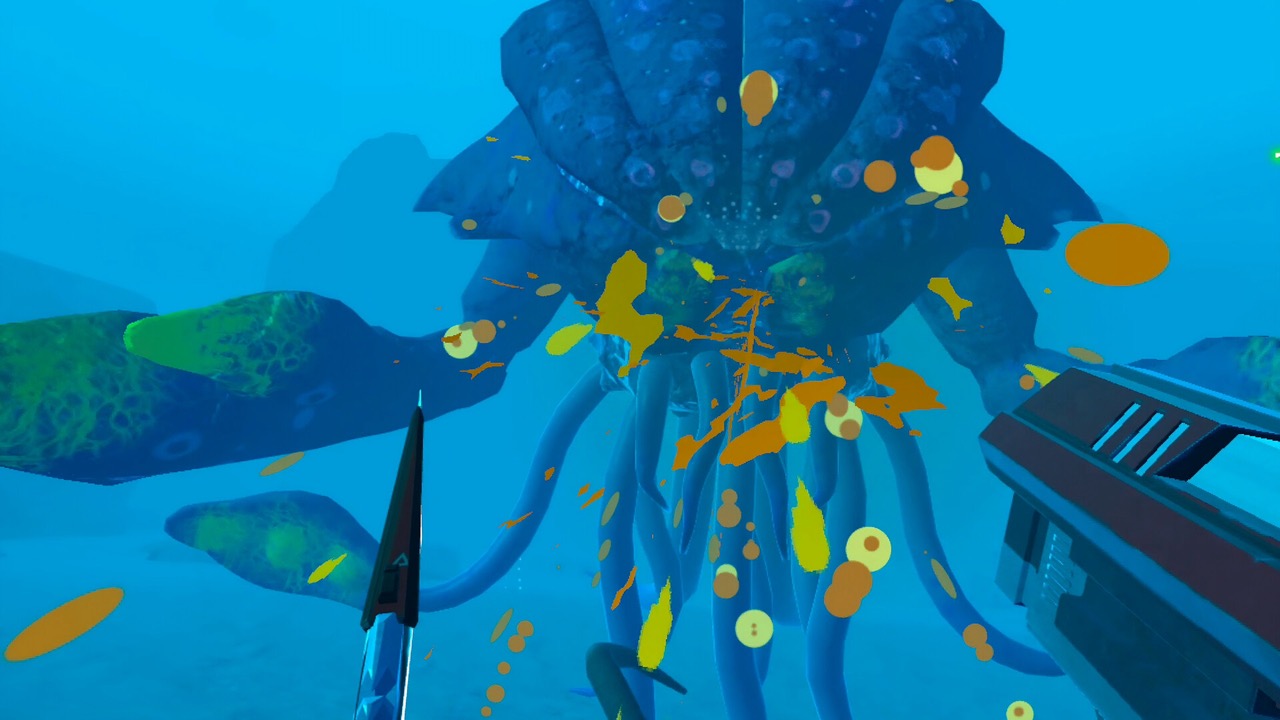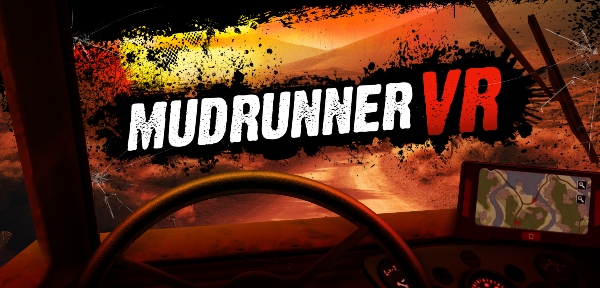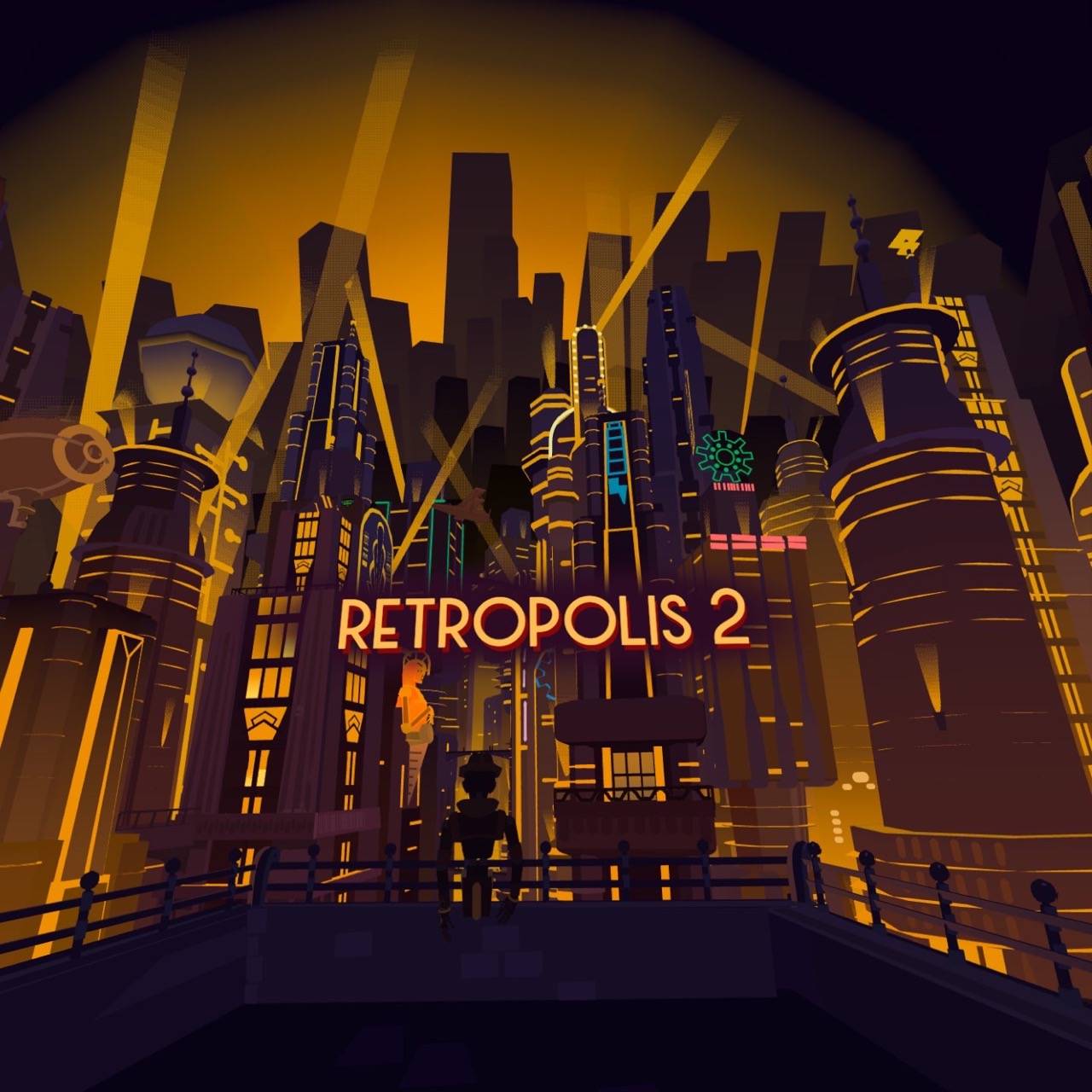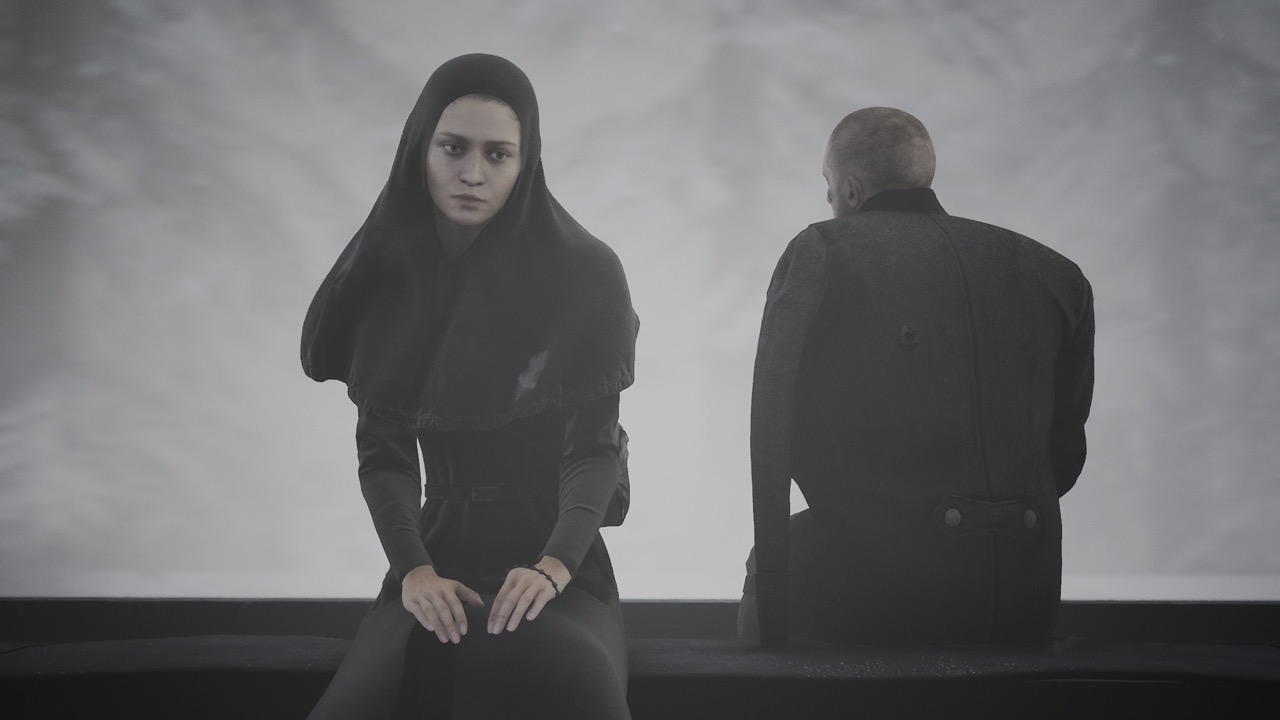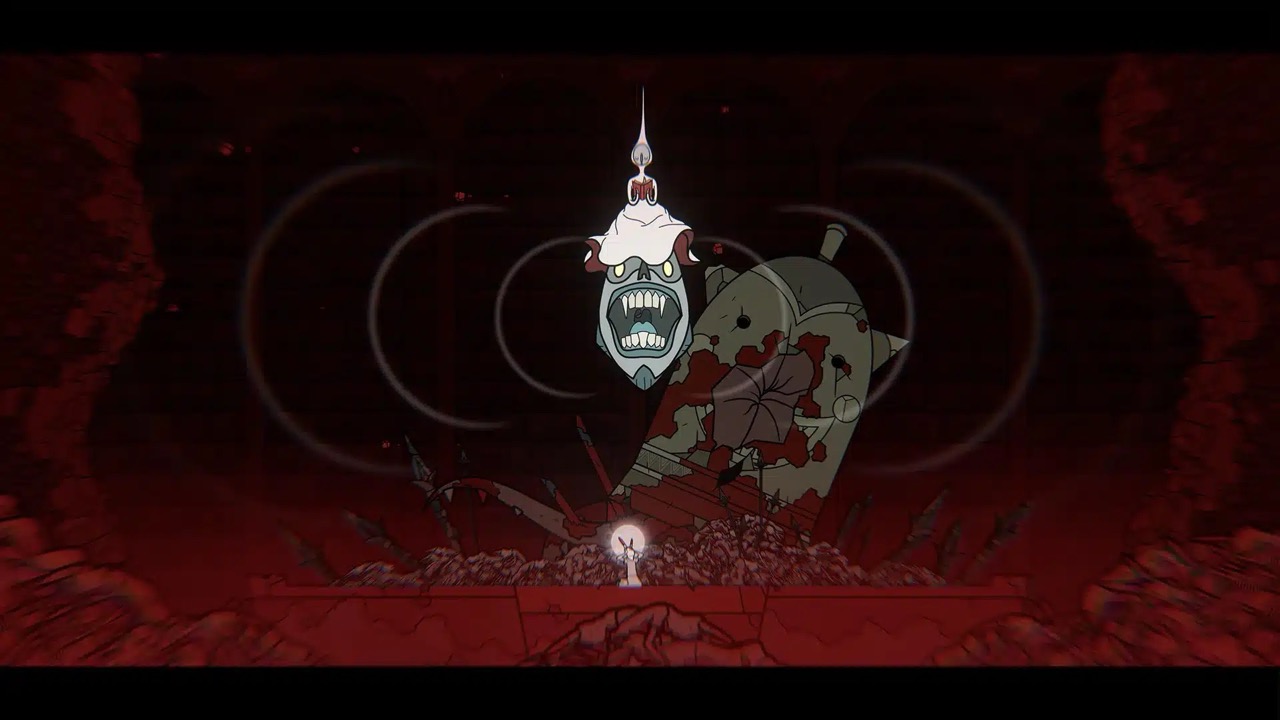This has the potential to become something truly great if the developers decide to move away from the stationary gameplay and balance some things out
Last Mech Standing, developed by Crimson Forge, is a rogue-lite wave-based shoot-them-up VR game. As humanity is on the brink of extinction due to the montrous Behemoths, you pilot the world’s largest, most powerful and last mech standing, the Crimson Slayer.
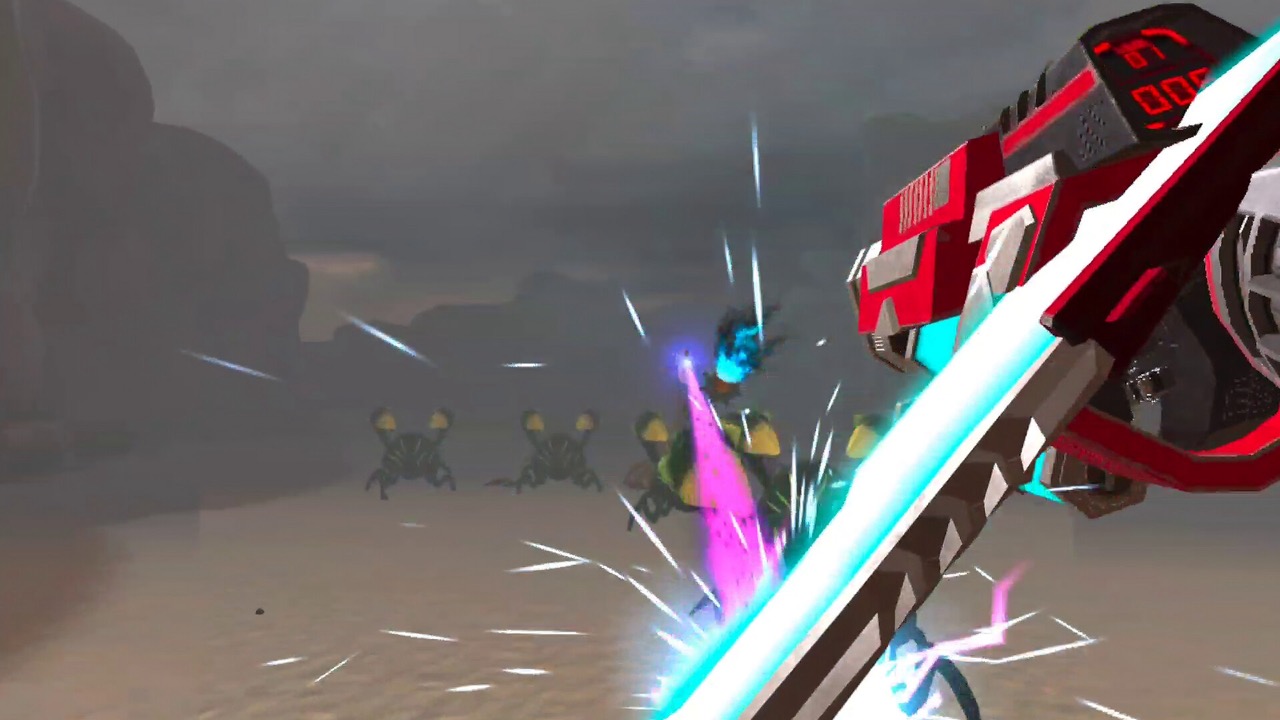
Now, I do kinda enjoy this game, but there is one major design choice that I find perplexing. During gameplay, you cannot freely move around the arena. If you try to move even slightly, the screen goes black, and a giant icon appears, instructing you to return to the specific starting point. I can’t understand this limitation because it seems the game would work much better with unrestricted movement.
This design choice essentially turns the mech game into a glorified whack-a-mole or shoot-a-mole game, where you simply cut or shoot hundreds of brainless AI Behemoths that charge at you in a straight line from various spawn points. While this is fun for the first few times, it quickly becomes monotonous. Once you unlock the shotgun, a process that doesn’t take long, it becomes the only weapon you need. You can kill virtually everything in one shot from a distance, rendering your sword, other weapons, and even your special abilities like orbital strikes unnecessary. Just point your shotgun, tap the trigger, and watch the Behemoths explode.
Check out our Last Mech Standing video review
Currently, there are about six main levels in the game, each with four encounters where you kill hundreds of Behemoths, culminating in a boss fight. After each encounter, you get to choose a free upgrade in a rogue-lite fashion, such as buffs to your armor or weapons, which you keep for the rest of the run. However, since the shotgun is all you’ll ever need, focusing on upgrades that enhance your shotgun or projectiles is the best strategy.
This gameplay loop doesn’t work well, primarily due to the lack of movement during gameplay. If you could run around the arena, dodging the Behemoths’ melee and long-range attacks while slashing them with your sword or shooting them with your guns, it would keep things interesting. Right now, what you do in the first encounter is pretty much what you’ll do in every encounter thereafter.
As you defeat Behemoths, you collect resources to upgrade your mech back in the hangar, enhancing its combat capabilities. This progression system adds a layer of strategy, but again, all you need is to maximize that overpowered shotgun.
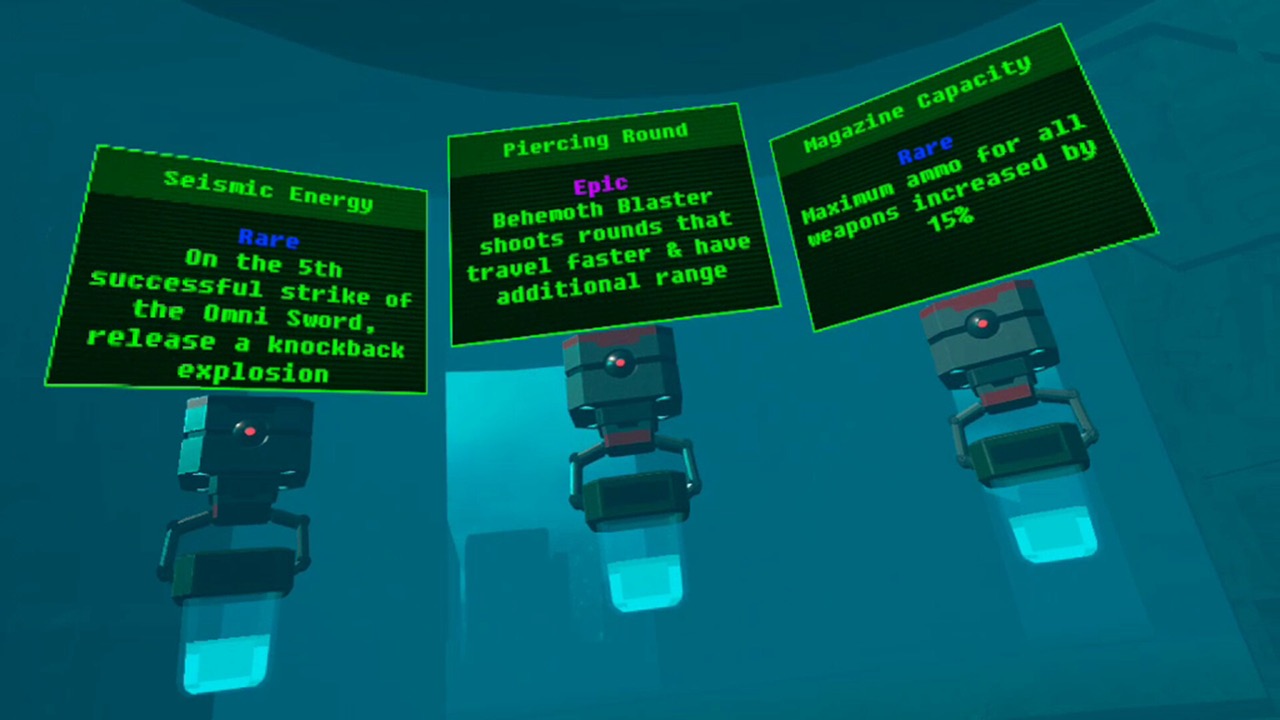
Before moving on to the presentation, I have to mention the story, as it’s surprisingly intriguing, which is rare for rogue-lites. After completing each level, a cutscene plays, revealing deeper truths about the protagonist’s past and the origins of the monsters. This narrative layer adds emotional depth and was one of the things that kept me invested in my mission.
Another aspect that kept me coming back is the EDM/techno soundtrack, which is absolutely stellar and almost redeems the otherwise stationary gameplay. Visually, the game looks okay, featuring the “standard and safe” simple geometry and flat textures common in many Quest games. What I didn’t like much is the lack of scale. You’re piloting a massive towering mech fighting essentially kaijus, but you don’t feel that sense of scale since there are no buildings or other objects in the environments to create it. This should feel like Pacific Rim, but it currently feels like you’re just a guy in a robot suit fighting Half-Life headcrab-sized enemies.
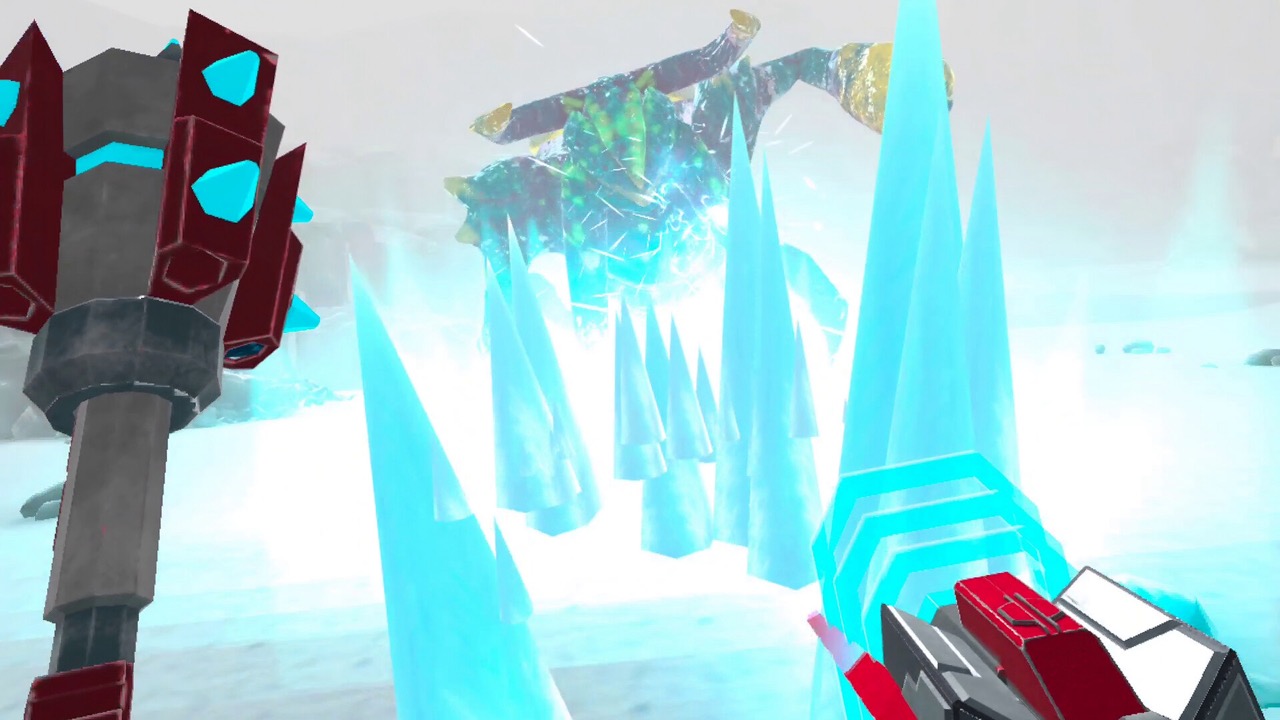
Last Mech Standing has the potential to become something truly great if the developers decide to move away from the stationary gameplay and balance some of the weapons and enemy AI. Despite these issues, there is still some fun to be had with the current offering. Thanks for reading!
The game was reviewed on a Quest 3 via a promo copy provided by the developers. Last Mech Standing is available on Meta Quest and PCVR.
